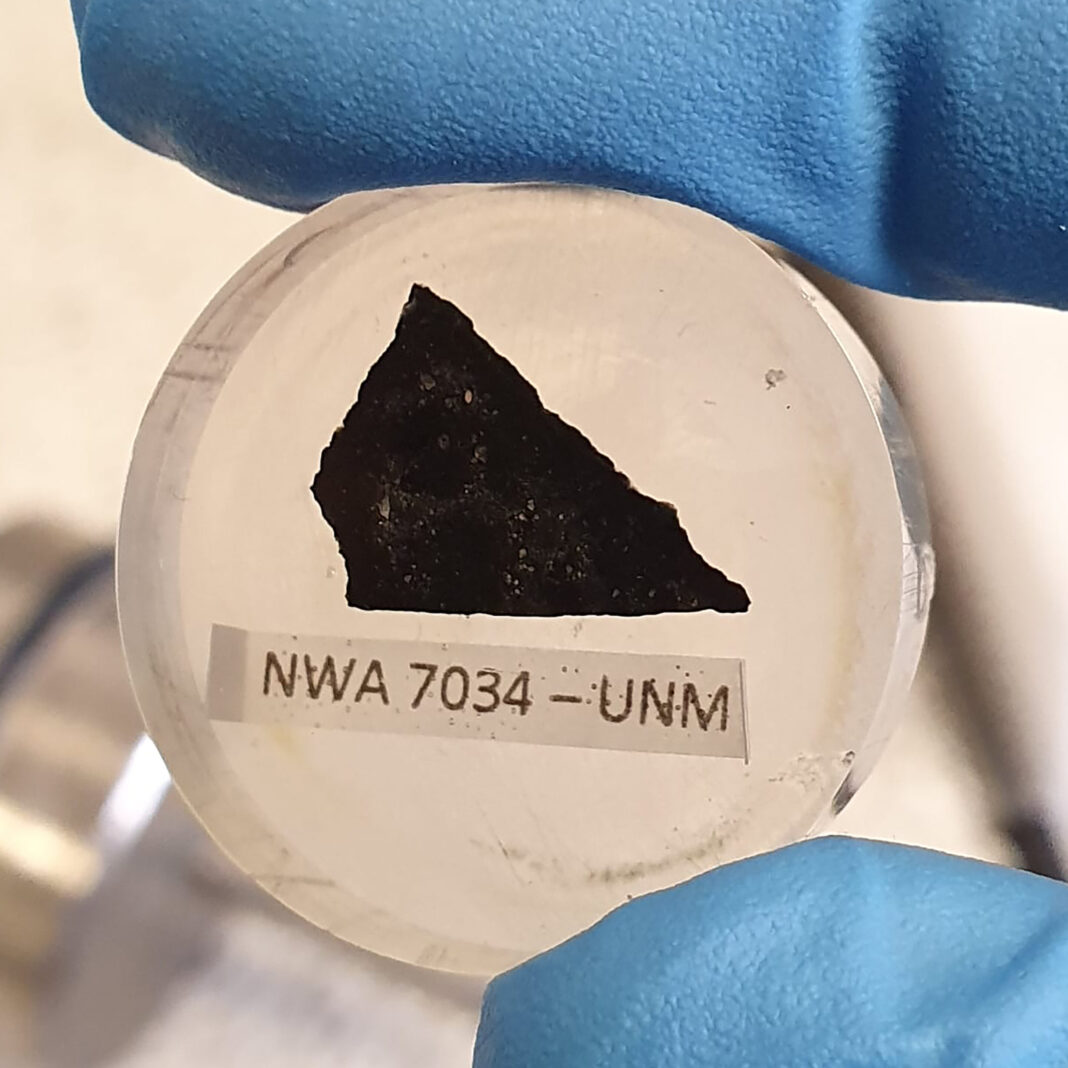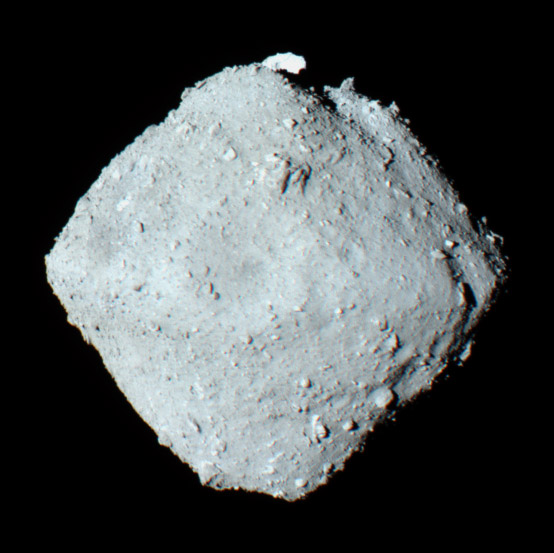Ancient Hot Springs on Mars: In this way, Curtin University Researchers Take Clue to Martian Habitability
Curtin University led groundbreaking research into the oldest direct evidence of ancient hot water activity on Mars, providing new clues into the planet’s early potential habitability.
The study analyzed a 4.45 billion-year-old zircon grain from the famed Martian meteorite NWA7034, known as ‘Black Beauty. ‘ It found geochemical traces of water-rich fluids, tantalizing us with evidence that Mars once had what it needed to be life-friendly.
Cracked Window into Mars’ Hydrothermal Past
Curtin’s School of Earth and Planetary Sciences Dr Aaron Cavosie said the discovery was significant.
Dr. Cavosie said: “Using nano-scale geochemistry,” we found elemental evidence for hot water on Mars 4.45 billion years ago. “Hydrothermal systems were important for the origins of life on Earth, and our results suggest that similar systems that were active on early Mars arguably had the potential for life.”
Using advanced imaging and spectroscopy techniques, the research found unique elemental patterns in the grain of zircon, including iron, aluminum, yttrium, and sodium. Like with any rock, these elements date to its formation and suggest the presence of water-rich fluids during ancient magmatic activity on Mars.
Mars’ Resilient Crust: A Story of Water and Impacts
Despite having suffered massive meteorite impacts, Mars’s crust was once covered with water some 4.1 billion years ago, more than during the Pre-Noachian period. “This finds it is a planet that could have been habitable during its infancy,” Linsky says.
The same zircon grain was recognized in a 2022 Curtin study as the single known ‘shocked’ zircon from Mars, a rare artifact of meteorite impacts.
Dr. Cavosie said the new research uses knowledge learned from this to detect evidence of water-rich fluids during the zircon’s formation, providing a geochemical record of water in Mars’s oldest crust.
Collaboration Fuels Discovery
This work was a collaboration. The study appeared in Science Advances. The research was led by lead author Dr Jack Gillespie, now at the University of Lausanne, during his postdoctoral tenure at Curtin University. The John de Laeter Centre, Curtin’s Space Science and Technology Centre, and the University of Adelaide also contributed.
The Big Picture: Read about A Mars Once Teeming with Potential
The discovery enhances our picture of ancient Martian hydrothermal systems and their role in planetary environmental evolution. It also makes Mars’ early history that much more intriguing, as well as the possibility of Mars being home to life.
This research is more evidence that scientists may be learning something that many of us have long suspected — namely, Mars might once have been a cradle for life, as Earth is today.






